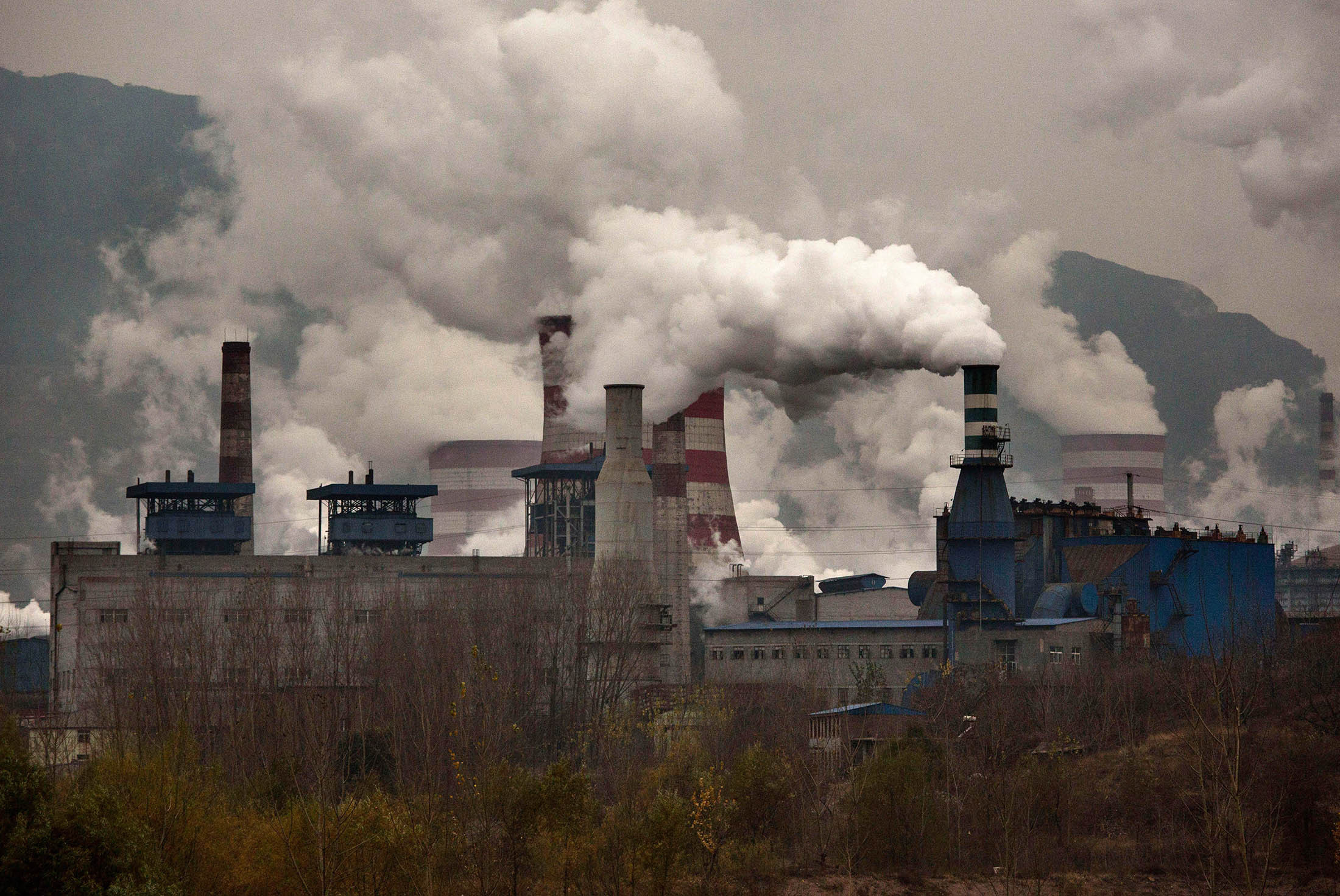China's central bank Thursday nudged up money market rates as the authorities sought to defuse financial risks without imperiling the economy, a balancing act that they have managed successfully so far this year as activity remained broadly steady.
The world's second-biggest economy has started to cool in recent months amid a government crackdown on high-risk lending and polluting factories, and the move by the People's Bank of China—coming hours after an anticipated US Federal reverse rate hike—signaled that Beijing will keep policy tighter next year, Reuters reported.
A flurry of data on the day highlighted the economic impact of government efforts to wean China off its years-long addiction to debt, with industrial output, investment and property market all backing evidence of a moderation in momentum.
Analysts said the PBOC hikes, seen as a backdoor approach that avoids the need to raise benchmark policy rates, will not impede activity though they signaled a commitment by the authorities to continue curbing leverage.
"It's more a symbolic move which helps stabilize market expectations after the Fed rate hike," said economist Wen Bin at Minsheng Bank in Beijing. The PBOC increased rates on reverse repurchase agreements, or reverse repos, used for open market operations by 5 basis points for the seven-day and 28-day tenors. It also increased rates on its one-year medium-term lending facility by 5 basis points.
Interest Rates
It was the first rate increase by the Chinese central bank since March, but market interest rates have risen on their own in the interim as the government pursued a range of policies to lower debt in the economy.
That has dragged on activity, a fact underscored by yesterday's National Bureau of Statistics data releases which showed industrial output was up 6.1% in November year on year, versus forecasts for an increase of 6%, but below the 6.2% gain in October.
China's fixed-asset investment growth also slowed to 7.2% in the January-November period, from the 7.3% expansion in the January-October months.
Along with the rest of trade-dependent Asia, China's economy lifted this year with an exports boom, while a government-led infrastructure spending spree and a resilient property market drove growth in the Asian giant to a surprisingly strong 6.9% in the nine months of the year.
Steel Demand to Slow
China's steel demand will slow in 2018 as the world's second-largest economy reins in stimulus and tightens credit, ending a two-year bonanza for the world's biggest producers, analysts say.
Along with a recovery in Chinese steel supply after this winter's production curbs are lifted, that could spell downward moves for prices again, they said.
At one stage this year, Chinese steel prices were nearly triple 2015 levels. That surge was due to the government's tough environmental crackdown and winter output cuts, along with a campaign to tackle overcapacity and Beijing's infrastructure push that helped inflate profits at steelmakers to the highest in decades.
"The good times for the steel sector will be gone," said Wang Pei, founder of research firm Horizon Insights in Shanghai, speaking at an investment forum organized by commodities and financial services provider Puoke on Friday. "The steel industry's fundamentals will become weaker next year. Demand will slow down from the second quarter."
As demand softens, China's steel supply will also increase next year when the Beijing-ordered winter curbs are lifted in March. New steelmaking capacity, using steel scrap, of about 30 million tons is also expected to come on stream next year, analysts say.
China has imposed industrial output curbs during the cold season to fight smog, helping reduce steel inventories among traders to the lowest in at least six years, based on data tracked by SteelHome consultancy. The restrictions are in place from Nov 15 to March 15.
Tighter supply plus firm demand particularly from southern China have helped increase gross profit margins at some steelmakers to up to 2,000 yuan ($302) a ton last month, the highest in about two decades, according to analysts.
"Such high profit at steel mills will be unsustainable and will gradually go lower as supply recovers," said Du Hui, chief steel analyst at Zhongtai Securities.


